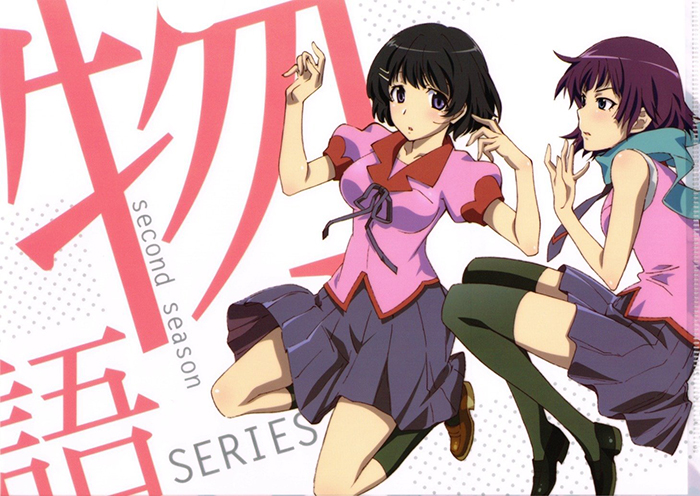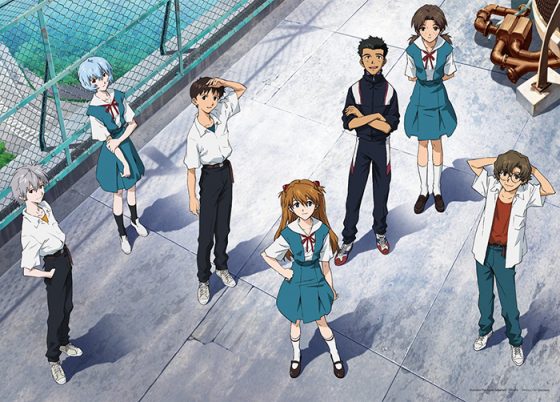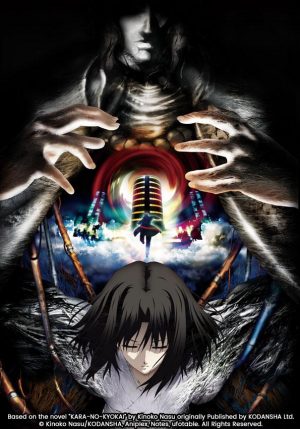
So you’ve finally bitten the bullet and decided to jump into that one anime that all of your friends have been begging you to watch. There’s only one problem—where on Earth are you supposed to start?
Shows like the Fate series, The Melancholy of Haruhi Suzumiya, Boogiepop and Others, and Neon Genesis Evangelion can be difficult for new viewers to get into because of their unusual structures. They might have dozens of adaptations with varying relevance and quality, tell their narrative out of chronological order, or start with a tone that doesn’t match what the rest of the series is known for. How are you supposed to know the best way to watch this kind of anime? Well, we’re here for you.
In this article, we’ll lay out the basics for anime that work well if you want to watch them out of release order or skip episodes for the sake of pacing (although you’ll almost always want to come back to the skipped episodes eventually). Check out our new and upcoming articles on individual anime timelines to learn how and why you should watch a show like the Monogatari series or Katekyo Hitman Reborn a certain way. We’ll also explore the history of how the story ended up so complex in the first place—whether it was the author’s grand master plan, executive meddling during production, or some unique circumstance that nobody could’ve ever expected.
But for now, let’s define the two main types of unusually structured shows: the non-linear anime and the long franchise anime.
Non-Linear Anime

Taking cues from classic masterpieces like Akira Kurosawa’s film Rashomon and James Joyce’s novels Ulysses and Finnegan’s Wake, these anime toss out traditional narrative structure in favor of a non-linear style. Anime episodes can occasionally be broadcast out of order or skipped unintentionally like the original airing of Cowboy Bebop, or they can be restructured during localization, which is how Dragon Ball ended up being released after Dragon Ball Z in America. But for this category, we’re focusing on anime that intentionally messed with their timelines to impart a specific feeling on the audience.
The Melancholy of Haruhi Suzumiya tells its story out of chronological order to better put us in the shoes of its main character as he tries to nail down what exactly Haruhi is and what supernatural powers she may or may not have (although we didn’t need the entire Endless Eight to properly empathize with Kyon, thanks). This style can also be used to create an atmosphere of dreams or mental illness, as with the question and answer arcs in Higurashi: When They Cry. Axis Powers Hetalia jumps back and forth in history to get you to focus on the characters and comedy rather than historical accuracy, and Boogiepop and Others lets you piece together its mystery by strategically revealing events out of order.
For these types of shows, it’s usually best to watch them as the author intended for your first time through. Then, to experience the story with maximum clarity, go back and watch the episodes in the order that they actually happened. What changes about your experience? Which watch order was the most satisfying? Oftentimes there’s no definitive answer, but we’ll help you reach your own conclusions.
Long Franchise Anime

Then we come to the anime that have more or less linear storylines but have grown to such a massive size that it’s nigh impossible to tell what’s important to watch at first glance. And, as tends to happen with stories that were written over many years, the first few arcs can be radically different from what the show eventually turns into.
Do you really need to slog through 20 slice-of-life episodes of Katekyo Hitman Reborn to fully enjoy the shounen superpowered mafia battles that the anime is known for? Is it important to watch the melodramatic sunshine kung-fu and vampire hunting in the early parts of JoJo’s Bizarre Adventure to understand the Stand-based antics that happen later? Purists will settle for nothing less than the whole story, but we know you only have so much time to watch anime every week. We’ll let you know what’s safe to skip for now so you can decide if an epically long series is worth it for you.
And then we have the multimedia franchises. These anime may have started off normally enough, but have evolved into such a complicated maze of TV shows and movies and games that you’ll need a prismatic compass and Sacagawea to navigate them. We’re talking about shows like Puella Magi Madoka Magica with its many spinoffs, Neon Genesis Evangelion with its questionably canon ending and movies, and Fullmetal Alchemist with its competing anime adaptations. And let’s not forget the Fate franchise, which starts with a visual novel that has multiple endings (bringing in elements from the non-linear category) and becomes a kudzu monstrosity of anime and games following no clear order and ranging in quality from mediocre to outstanding. We’ll provide a road map for these franchises so you can make informed decisions about which path is best for you.
Final Thoughts

All of these series are worth watching, so we’re not about to let a high barrier to entry stop new potential fans from enjoying them. Check out our articles on individual anime watch orders to learn more about how to navigate and appreciate these fantastic shows!
What did you think of our breakdown? Are there any other unusually structured shows we left out? What’s your preferred watch order for your favorite anime? Let us know in the comments, and thanks so much for reading!
Recommended Post



